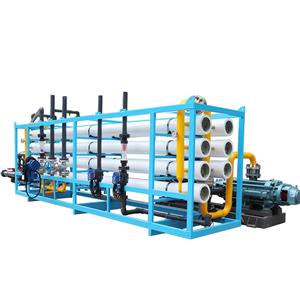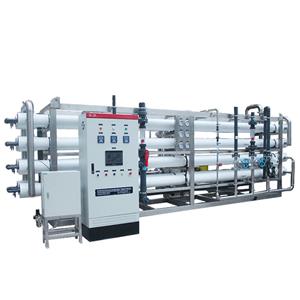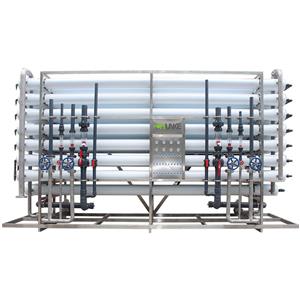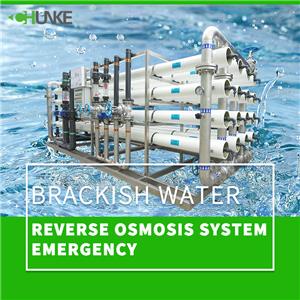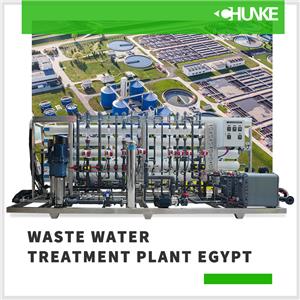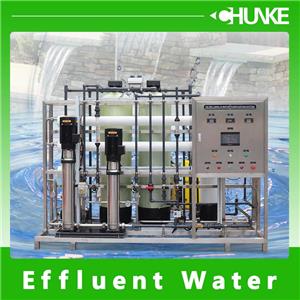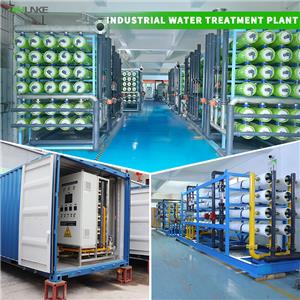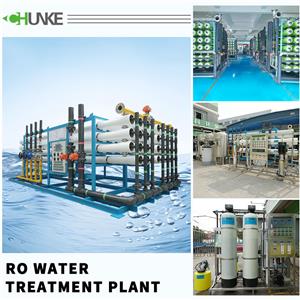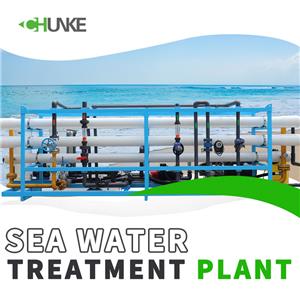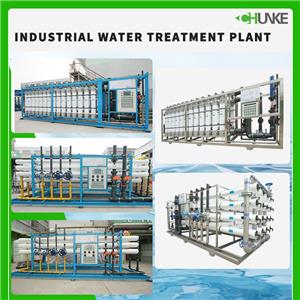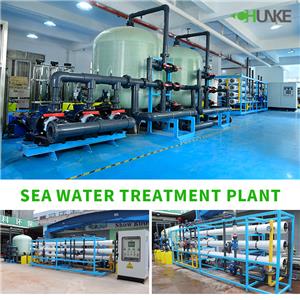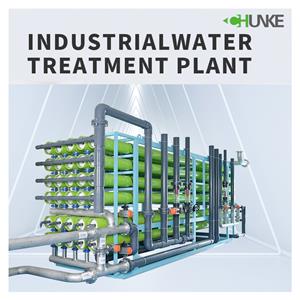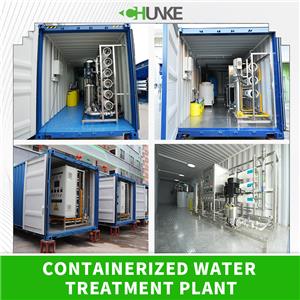-
06-28 2024
Can reverse osmosis systems purify brackish water?
The reverse osmosis system can effectively remove more than 99% of dissolved salts in water through the selective permeability of the RO membrane, converting brackish water into fresh water suitable for drinking and irrigation.
-
06-19 2024
How many sewage treatment plants are there in Egypt? Which is the largest?
According to the latest statistics, there are currently more than 120 wastewater treatment plants in Egypt. Among the many wastewater treatment plants, the Bahriya Al-Gamil Wastewater Treatment Plant in Cairo is the largest wastewater treatment facility in Egypt.
-
05-14 2024
What is the purpose of using effluent water?
The purpose of using effluent water: 1. Improve water resource utilization efficiency 2. Reduce pollution to natural water bodies 3. Reduce operating costs of effluent water treatment plants
-
05-10 2024
What is the role of an industrial water treatment plant?
The main function of industrial water treatment plants is to purify industrial wastewater and ensure that its discharge meets environmental protection standards, thereby reducing environmental pollution. Different types of industrial activities produce a wide variety of wastewater, including chemicals, heavy metals, organic matter, etc. Direct discharge of these wastewater without treatment will pose serious threats to water bodies, soil and biodiversity.
-
05-08 2024
What does a water treatment plant do?
The main task of a water treatment plant is to purify raw water so that it reaches safe drinking standards. Specifically, they purify water from rivers, lakes or groundwater through a series of physical, chemical and biological treatment processes.
-
05-03 2024
What is a sea water treatment plant?
A seawater treatment plant, also known as a desalination plant, is a facility that converts seawater into fresh water through desalination technology. Its main technologies include reverse osmosis (RO), multi-stage flash evaporation (MSF) and multi-effect distillation (MED). Reverse osmosis is currently the most common desalination technology. It uses high pressure to force seawater through a semi-permeable membrane, removing salt and other impurities, and ultimately obtaining pure fresh water.
-
05-03 2024
How do industrial water treatment plants work?
The operation of industrial water treatment plants is mainly divided into two basic stages: primary stage and secondary stage. First, in the primary stage, water treatment plants focus on removing solid particles and suspended solids from the water. Next is the secondary stage, which mainly uses biological treatment technology and uses microorganisms to decompose organic matter in the wastewater.
-
04-22 2024
What is a seawater treatment plant?
The first step in a seawater treatment plant is the transport of seawater from the ocean to the treatment plant by an inlet pump. Seawater contains a large amount of salt and impurities, so it needs to go through a series of pretreatment steps before entering the desalination system. These pretreatment steps include filtration, desalination and disinfection to ensure that the raw water quality meets the requirements of the desalination system.
-
04-17 2024
What is the process flow of industrial water treatment plant?
In industrial water treatment plants, the pretreatment stage is the first step in the entire treatment process. Next comes the coagulation and flocculation stages. After coagulation and flocculation, the water enters the sedimentation tank or sedimentation tank for sedimentation and settling. The precipitated water enters the filtration system for filtration. The last major step is disinfection, which aims to kill bacteria, viruses and other pathogens in the water to ensure that the water quality meets drinking water standards or industrial production requirements.
-
04-12 2024
What are the life cycle maintenance costs of a containerized water treatment plant?
The equipment of the containerized water treatment plant includes filters, reverse osmosis membranes, disinfection equipment, etc. These equipment require regular maintenance and replacement. Maintenance costs include equipment maintenance, parts replacement, and equipment updates. Maintenance costs will vary for different types of equipment.

